Written by Guest Contributor on The Prepper Journal.
Editors Note: A guest contribution from Adam of CastForFish.com to The Prepper Journal. As always, if you have information for Preppers that you would like to share and possibly receive a $25 cash award as well as be entered into the Prepper Writing Contest with a chance to win one of three Amazon Gift Cards with the top prize being a $300 card to purchase your own prepping supplies, enter today.
If you ever find yourself stranded in the wilderness, your options for food are fairly limited to your surroundings, which might mean you’ll be working on catching a duck for dinner, trapping a squirrel or, it might be a good time to hone your fishing skills.

Fresh fish is highly nutrient dense and one of the most abundant sources of food you can come across, and given how passive the activity is, you won’t’ have to expelnd a whole lot of energy to do it making it ideal in survival situations. Below we are going to focus on how to catch and prepare fish when you’re stranded in the wild.
Luring Them In
Fishing is known as an activity that anyone of any age can enjoy giving how calming it often can be. The world was built off of people fishing which means it’s ingrained in our blood; anyone can do it and without much equipment, and we’re going to share how.
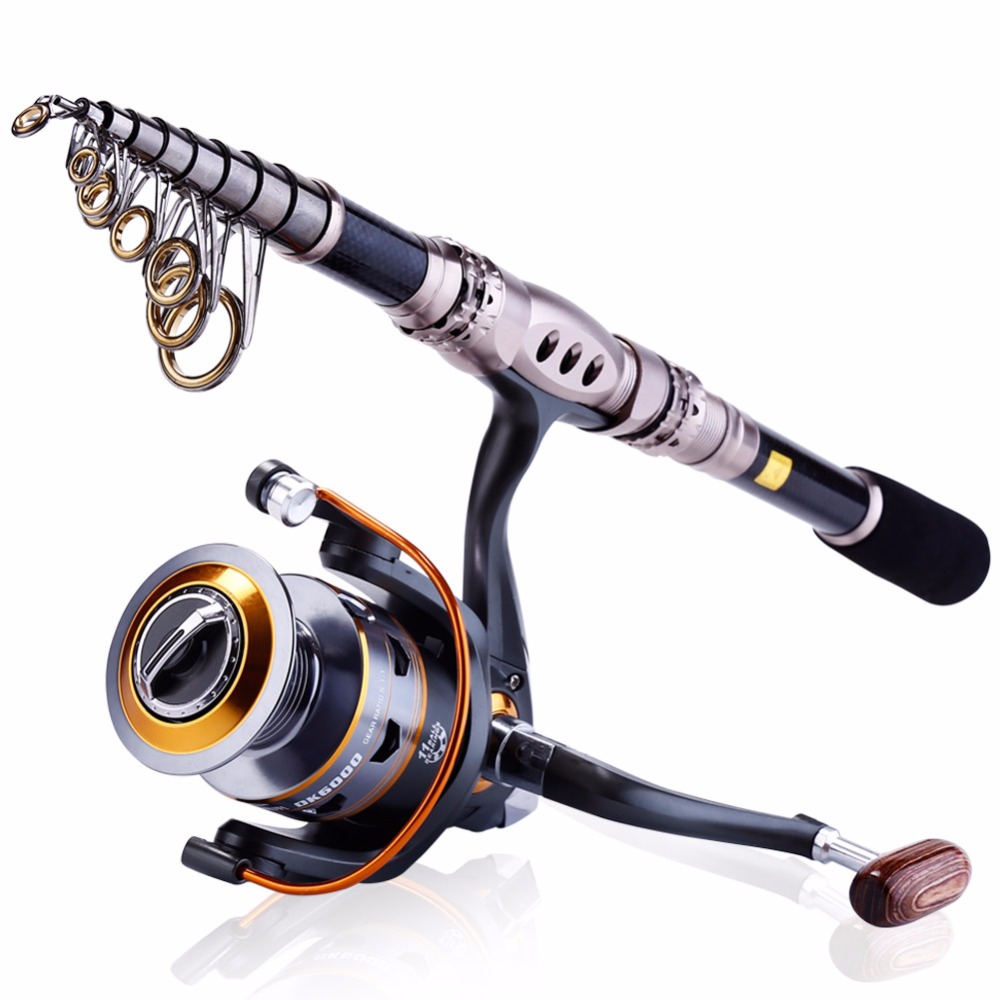
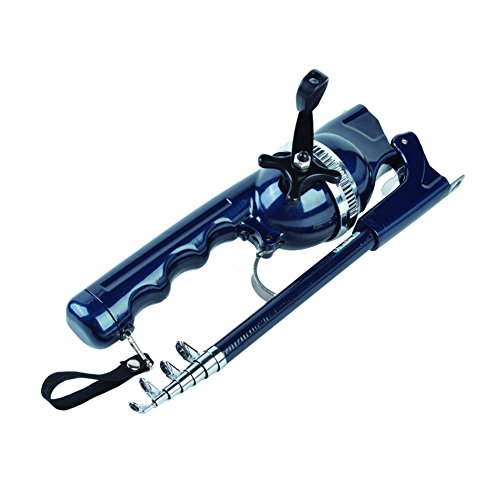
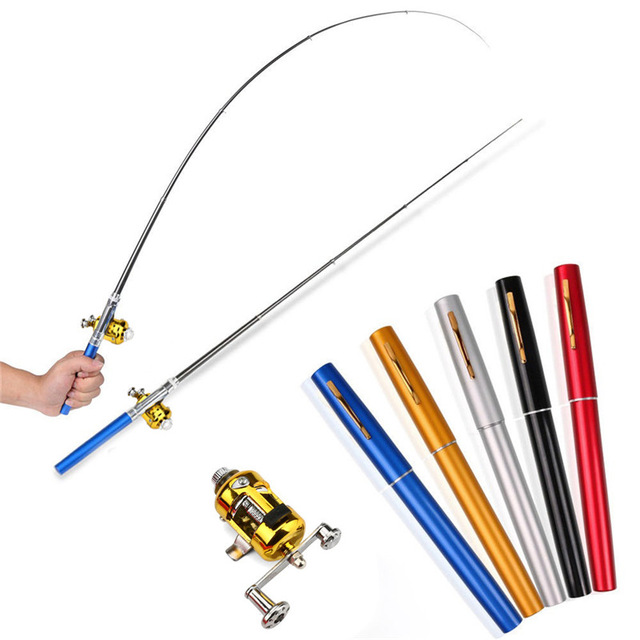
Given advancements in technology, fishing rods, specialty gear and fancy lures are abundant whether you’re searching for a bass or a pike, but in a survival situation you might not have access to your full arsenal so it’s important to understand the fundamentals.
What Are You Catching?
Before you start adding your rod with the latest in fishing lure, consider what is the purpose of your fishing excursion and the region you are in. Many lakes and ponds are home to a variety of pan fish so let’s consider them our first goal as we dive into some fishing techniques.
 Pan fish generally eat smaller fish such as perch, crappie and bluegill, all of which are very common and considerably easy to catch if you want to use them as bait, otherwise, old faithful worms will do the trick.
Pan fish generally eat smaller fish such as perch, crappie and bluegill, all of which are very common and considerably easy to catch if you want to use them as bait, otherwise, old faithful worms will do the trick.
Patience Is A Virtue
It’s safe to say that if you put some bait onto a bobber and send it out into the depths of the water and wait long enough, something will take the bait, and more than likely it will be one of the smaller fish we mentioned above like bluegill.

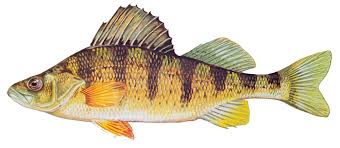

If you want to target something larger like a pan fish, you want to try and get your bait to sit as close to the bottom of the lake as possible without snagging your lure on whatever debris might be looming below, like fallen trees or weeds.
This part of the process can take a little bit of trial and error so it’s important not to get discouraged if it doesn’t take right away or if you find yourself getting snagged.
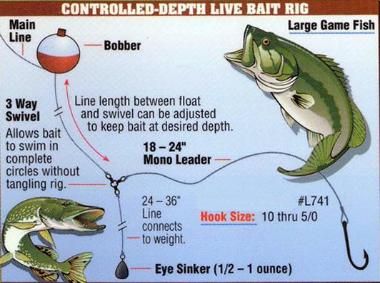
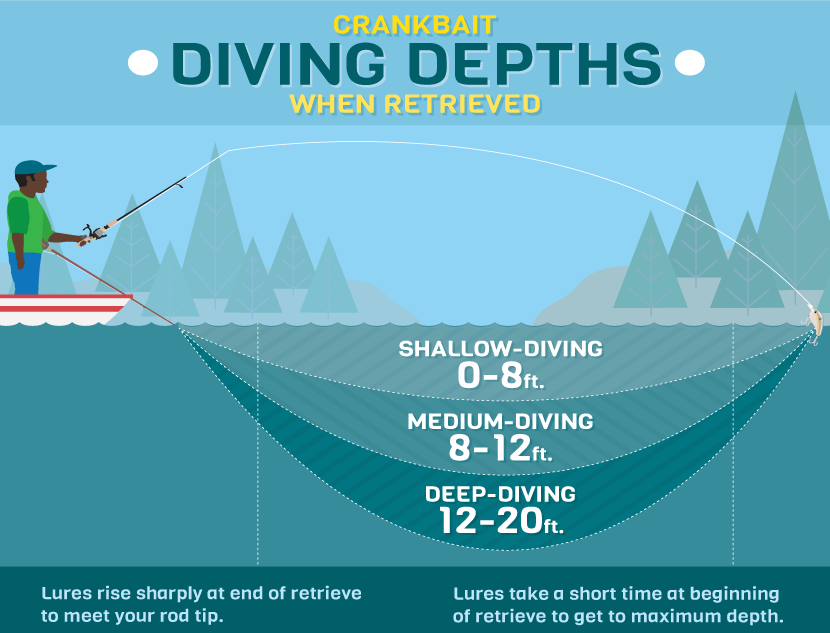
Another tried and true technique is to take your time while reeling in your bait after casting. You want to let it sink a little, then reel it in some more and repeat this method as this tends to trigger fish to swim after the bait and eventually attack it and get stuck onto the lure. Once it’s secured, you can reel it in with ease.
Catching Catfish
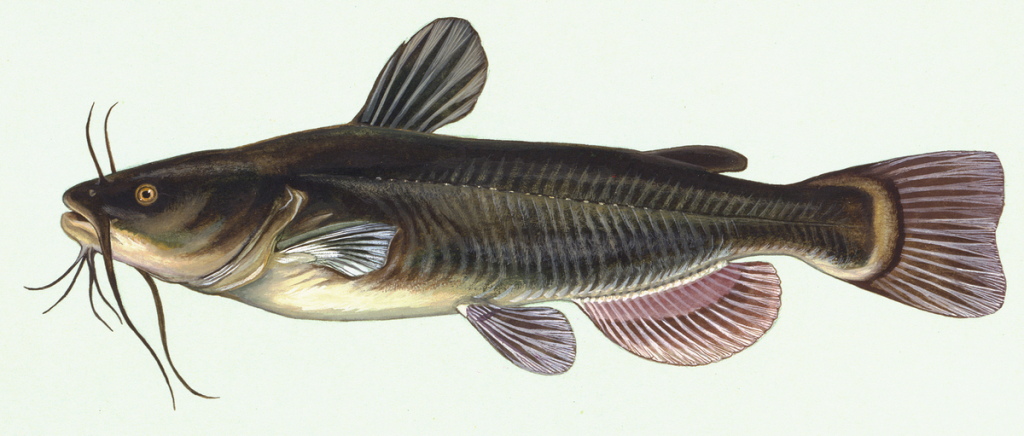
Another go-to for new fishers is catfish as they’re often found not only in most lakes but rivers as well. To catch your fish, you must understand your fish. Catfish have whiskers that help them smell out available food sources and can often be found lurking beneath fallen trees, within holes, and sharp bends. They’re not terribly picky about what they eat which make them a great hunting choice in a survival situation, so worms should suffice.
Catfish are known to seek out stinky areas, so they’re often found near the bottom of the lake or river. Before casting, try going for a swim in the river and locate any underwater holes that might be present.


Then, attach a sinker to your line and try to let it settle in front of the hole. Chances are something’s hiding away in there, and your bait should do the trick in luring it out.
Catching Carp
If you happen to know that you’re in a location abundant with carp, while not seen as the best tasting fish, this is survival time and the best chance you’re going to have at catching that carp is by bowfishing.


In recent years bowfishing has become popularized again particularly for more anxious fishers that don’t care to sit and watch bobbers floating on top of water surfaces all day. It’s highly cost-effective and easy to do, and if you’re familiar with archery or have an interest in it, you’ll really love bowfishing.
Carp, like catfish, are a bottom feeder fish so look for those holes and fallen tree branches again when you’re trying it out. If you’re feeling apprehensive about it at all, remember that carp are known to be an invasive species, so the more you get rid of the better it is for the ecosystem as a whole, and your hungry tummy will thank you, too.
Cleaning Your Catch
Congratulations, you’ve caught your first fish. Now what?
While every part of the fish is edible (the Author and the Editor disagree on this), it is still very important that you clean your catch before indulging. This means you’ll be cutting and removing the organs, so get your knife ready.
There are two methods you can use while cleaning your fish: filleting and gutting.
Gutting
Using your knife, you will make an incision in the fish that begins at the anus and follows the belly of the fish, stopping at its bottom jaw. While you’re doing this it’s important to be mindful that you are not accidentally cutting through the internal organs.
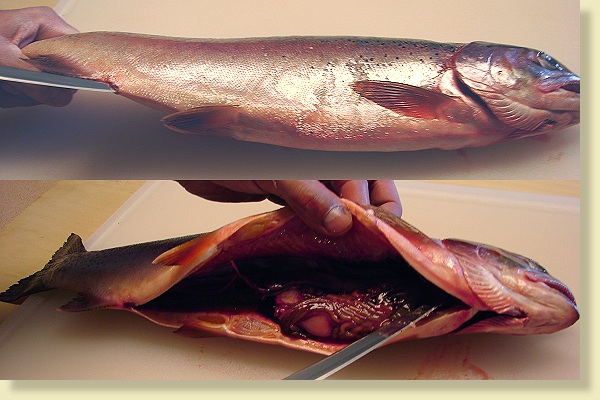
Next, you will need to remove the head (unless you’d like to cook your fish with the head.) and sever the organs that connect to digestive and respiratory tract to the head. It’s unpleasant but takes no time at all when you get the hang of it.

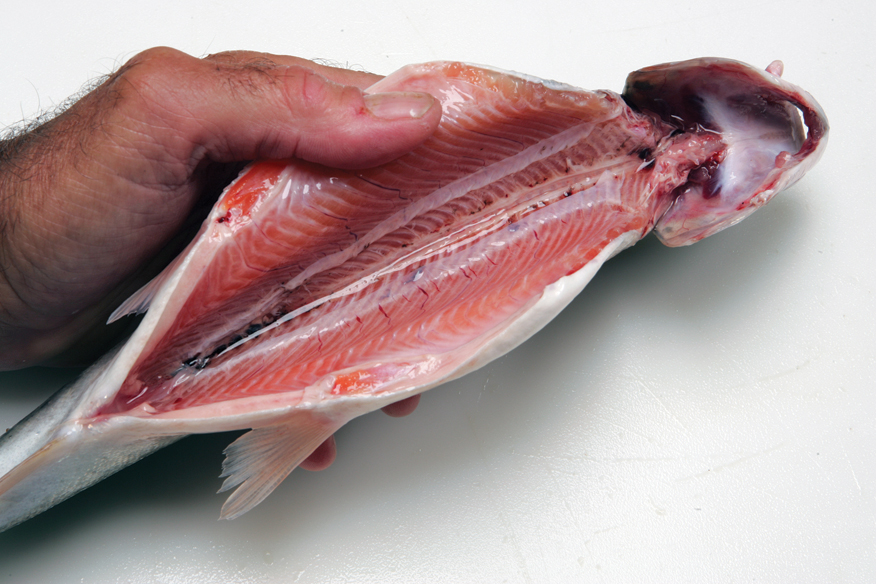
You will then have to reach into the head or through the area in which you severed it and gut the fish of its internal organs. This should be relatively easy to do and when you are complete you should be left with an empty body cavity. Finally, you should wash the now bare-body out with fresh water prior to cooking to get rid of any dirt and debris that might have found its way onto the fish.
Filleting
You can either gut and filet a fish, or you can simply filet it. The purpose of filleting is to remove the fish meat from the skin and can be done a number of ways, but this particular method is easiest to follow along to.


First, you need to create a cut towards the head of your fish. Then, continue to cut behind the pectoral fin while trying to remain straight in line with the fish’s spinal cord. Give your knife a quick 90 degree turn and begin to cut back towards the tail.
Some people prefer to cut straight through and remove the filet, but others prefer to leave a bit of skin on the tail as it helps to hold the filet in place. It’s ultimately a preference, so do what you’d like.
Next you will flip the filet so that it is meat-side up and then carefully cut beneath the filet in order to remove the remaining skin.
Cooking
The easiest way to cook a fish is also the oldest and only requires you to have three things. You will need to start a small fire, a small, sharp stick, and of course, your catch of the day.

Build a bed of coals to get your fire going as it will offer you a more consistent cooked fish as opposed to cooking over open flames which can sometimes scorch the meal.
Once you’ve found a suitable stick you should whittle one end into a point.
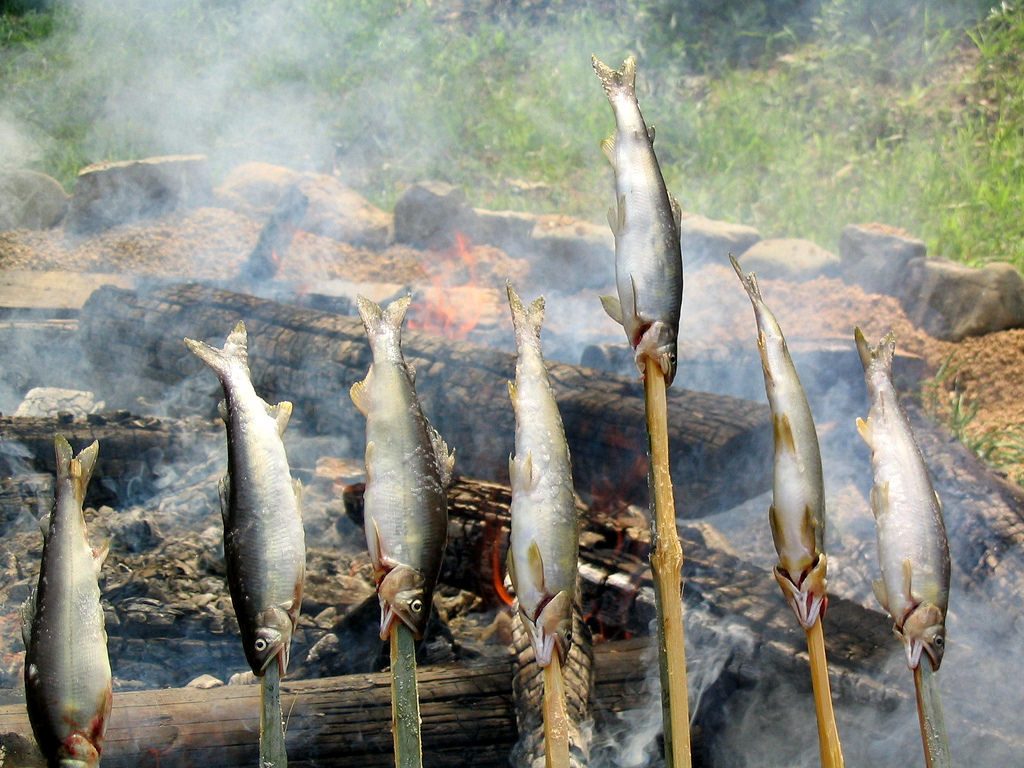
Slide the whittled end into the mouth of the fish and puncture it near the tail. With the right sized stick, you’ll be able to hold your stick and its fish firmly above the coals easily.
Generally speaking, your fish should take about 15 minutes to cook if the coals are hot. You can tell if it is because the skin and meat should easily flake off from each other. If it’s not flaky, it’s not ready.
With that, you’re ready to eat. Enjoy today’s catch of the day!
The post Cleaning and Preparing Fish: Tips You Should Know for Survival appeared first on The Prepper Journal.
from The Prepper Journal
Don't forget to visit the store and pick up some gear at The COR Outfitters. How prepared are you for emergencies?
#SurvivalFirestarter #SurvivalBugOutBackpack #PrepperSurvivalPack #SHTFGear #SHTFBag

No comments:
Post a Comment